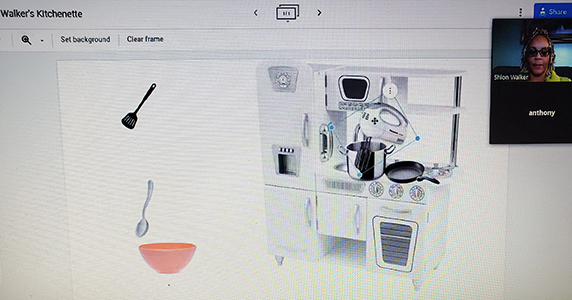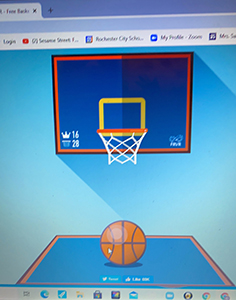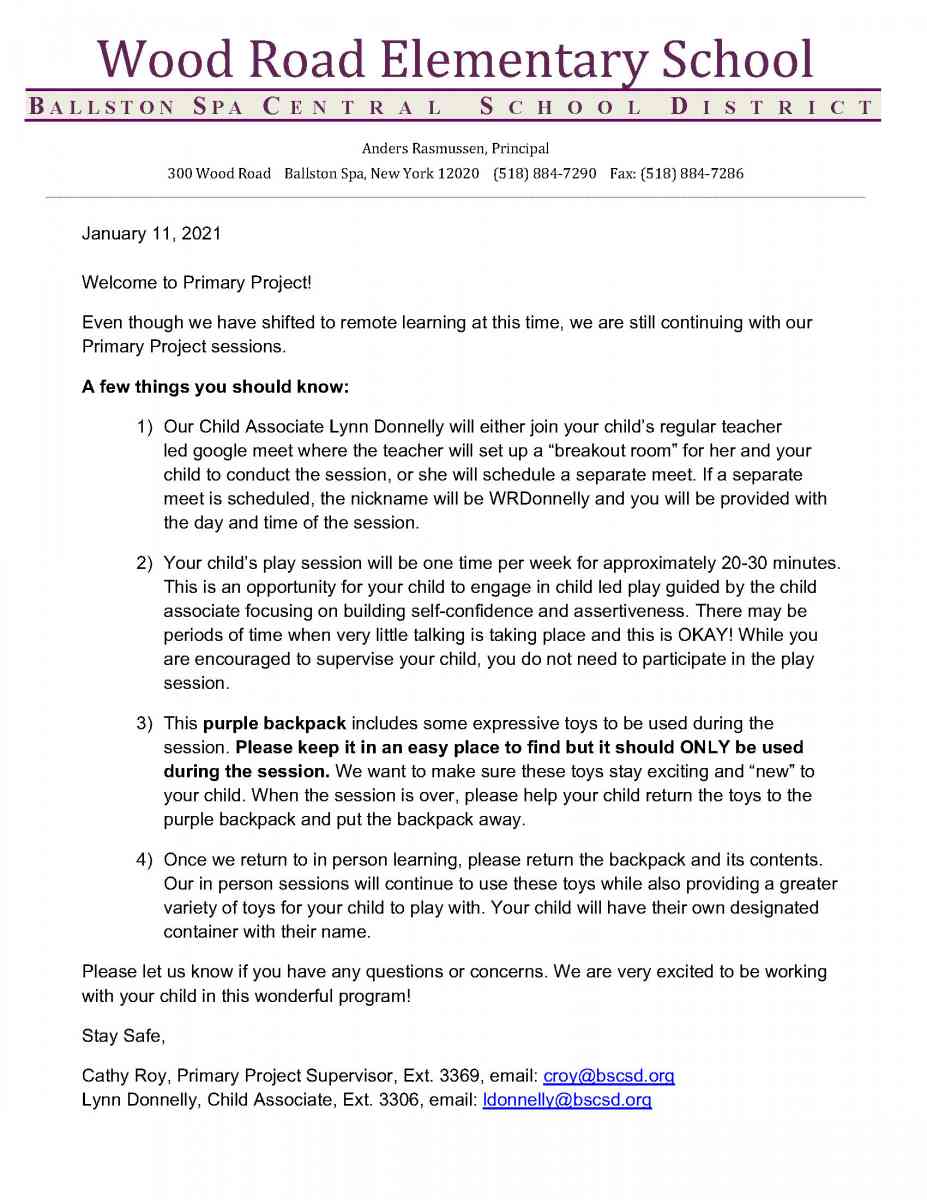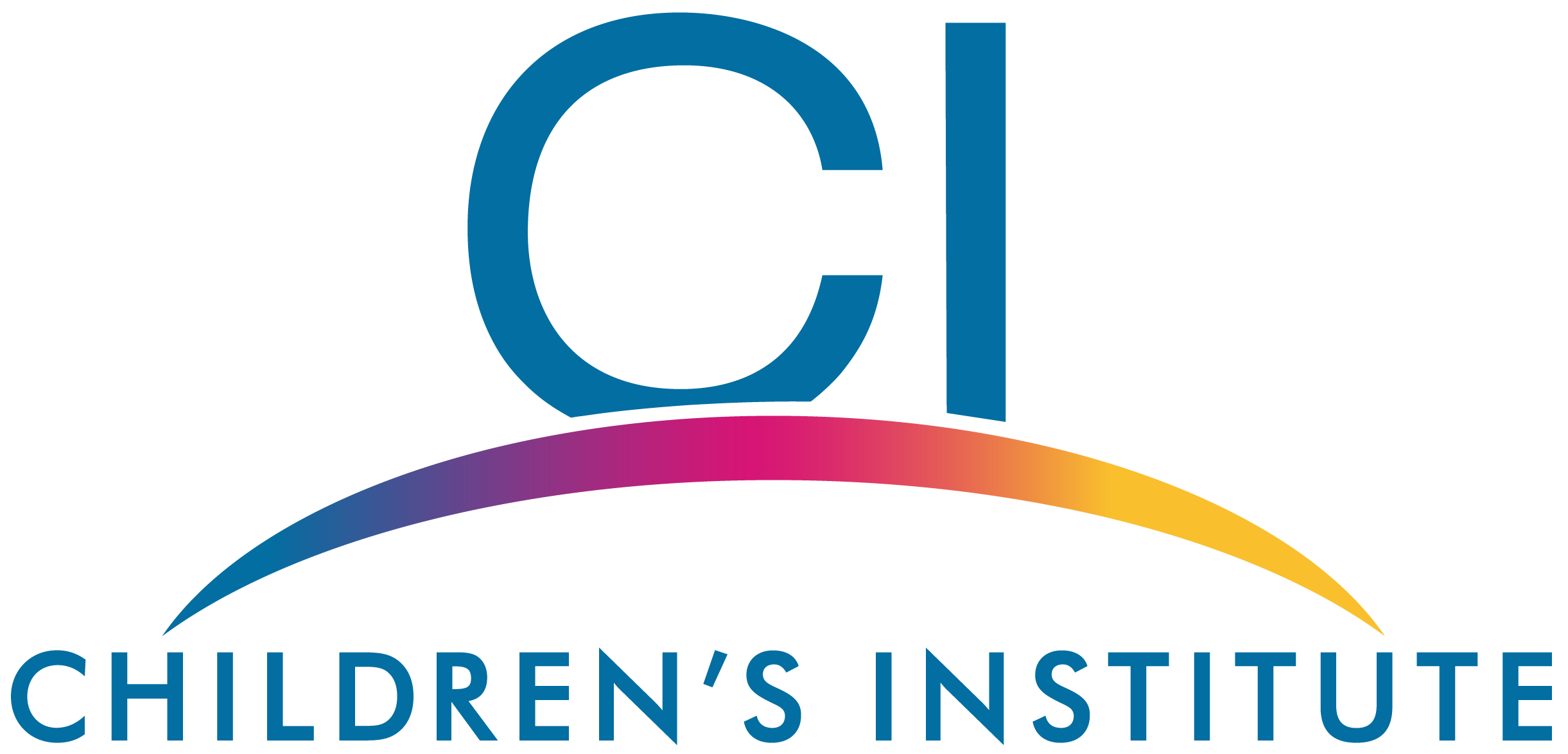APRIL 2021
Virtual Playroom in the Rochester City School District
Submitted by Tamara Sheppard, LCSW
Primary Project has been supporting student’s adjustment to school in the Rochester City School District for over six decades. Like many other districts and schools, this past year left us wondering how to continue to provide this support virtually and still maintain some integrity of the child-centered play philosophy. As brainstorming efforts were underway, a social work colleague had facilitated peer-to-peer virtual lesson plans and breakout rooms. The interface enabled her students to click on feelings, activities, and topics of interest that were posted and reflection, clarification, and summarization skills were utilized by the social worker. That is when the “light-bulb moment” occurred and we realized this interface could be transformed into a virtual playroom.
As a result, trainings were facilitated with child associates and they were provided a virtual playroom template that included expressive toys, posters, and furniture and were given systematic flowcharts that enabled further customization of their playroom. While we are early in our use of virtual playrooms, it has been a helpful resource for our child associates to have as a tool to use in the playroom. Most importantly it keeps play front and center in the intervention. Nevertheless, please do not take my word for it. Here are some things our child associates have to say…

The virtual playroom is an amazing journey to go on with my students! I’m able to play with the students in certain Jamboards. The picture is of me and my student cooking in the kitchen. He was telling me how to make a cake and I was helping him mix the batter. It’s so awesome to be able to engage and play with kids during this unprecedented time in our lives.
–Shlon Walker, Child Associate, Schools #8 and #58

My students love shooting hoops in the virtual playroom; each student tries to get a higher score than their last.
–Chris Ann Sasso, Child Associate, School #33
I must say one of my favorite things in the virtual playroom is the puzzles. The activity gives the child plenty of options to choose from. They can choose a 9-piece puzzle, a 25-piece, or if they want one a little more challenging, there's the 49-piece puzzle. Once the child selects the amount of pieces they would like to play with, they are then able to select what type of puzzle, for example, a birthday one, animal, or even a dessert.
–Ivis Flores, Child Associate, Schools #15 and #28
The concept of a virtual playroom is amazing. The room is fun and is phenomenal and my students love playing and interacting with all the things they can do. If you have the opportunity to create a virtual playroom, please do. All in all, a fantastic idea!
–Eva Alligood, Child Associate, Schools #2 and #25
A Communication to Parents to Help Provide Consistent Sessions
A great example from Wood Road Elementary in Ballston Spa, NY, of how parents can be ready at home to support a virtual session in the event that the learning environment changed from school to home.

Using Reflection Skills in a Virtual Setting
The start of the Primary Project program for Erin Mulesky, Child Associate at Chenango Forks Elementary this year was far different than in the past!
Erin's team put together plastic bins with an array of expressive items and delivered them to each student's home that she would be meeting with. Erin shared early on that she had her doubts about whether the items selected would go over well, be used, and even help or hinder their weekly times together.
Erin was pleasantly surprised to share how well these bins have been received by the children she meets with. While some may have little interest in the contents of the bin and prefer to keep busy in their own way, some absolutely love the fact that Erin has the exact same bin of items on her side of the computer. These children lead the way and tell her what to do, with what, and how to do it. Erin remains true to keeping sessions as child-led as possible. While she cannot see what the child is working on, but clearly sees their facial expressions, hears them talking, making noises, etc., she is able to use her reflection skills. "I see you are working really hard at that. You are concentrating so much on what you are working on. You are proud of what you made."
There is a New TCRS Report in COMET!
There is a new TCRS report in COMET - the TCRS Percentile Report! This report is located within the Admin-Instrument Reports tabs under the Group Data Reports. The report was designed to fit a need expressed by multiple Primary Project programs asking “How can we understand changes in Primary Project children based on what each child is referred for (task orientation, peer social skills, assertive social skills, behavior control)?”
Unlike the TCRS Pre/Post report which includes all referred children’s pre/post scores for each of the TCRS’s four domains, this new report only includes pre/post scores if the pre score falls at or under the 30th percentile. For instance, a child with the following pre scores (task orientation=29th %ile, peer social=50th %ile, assertive social=78 %ile, behavior control=16 %ile) will have pre/post scores reported for task orientation and behavior control, but not for peer or assertive. By targeting scores below the 30th percentile, we zero in on changes made in the areas a child was referred or ‘at risk’ for and eliminate the areas they were not.
Both TCRS reports can be informative in your program evaluation - one as an overall view of how your Primary Project children are performing and one that is specific to areas of risk. Check it out and contact us with any questions!
Research Opportunity
If your Primary Project program:
- Uses the Teacher Child Rating Scale (TCRS) for screening and pre/post outcome data.
- Operates a 2-cycle model
- Wants to support research efforts in understanding Primary Project’s effectiveness.
Please consider having your school participate in a research study examining Primary Project’s effectiveness in the 2021-22 school year.
For more information contact:
Marjorie Allan, Study Coordinator
Shelley Sanyshyn or Lynn Smith, Co-Directors of Primary Project.
Training Opportunity - Course Offering by Dr. Jodi Mullen
Let's refresh: What children have taught us about offering child-centered play and play therapy in a virtual setting
 Description:
Description:
The past months have taught us about what does and does not work when connecting to kids virtually using child-centered play and play therapy. In this webinar, we will expand on using play and play therapy techniques to connect with our child clients virtually. We'll also discuss the lessons learned organically from our child clients about how child helpers can create and maintain effective therapeutic connections using play and play therapy philosophy and techniques through virtual mediums. The basics, challenges, surprises, bloopers, and a discussion of what has and has NOT worked will be addressed. The presenter will share ideas to combat virtual play and play therapy fatigue for both children and child helpers.
By the end of this webinar:
- Participants will be able to identify a minimum of three ways of dealing with the challenges of connecting to children using play in virtual settings.
- Participants will be able to describe at least two specific ways of interacting with children using child-centered play and Play Therapy techniques virtually.
Continuing Education: Upon completion of this training, 2 CEUs are available
Presented by: Jodi Mullen, Ph.D., LMHC, NCC, RPT-S, CCPT-Master
Cost: $60 - Use code: LETSREFRESH for 15% off at checkout
